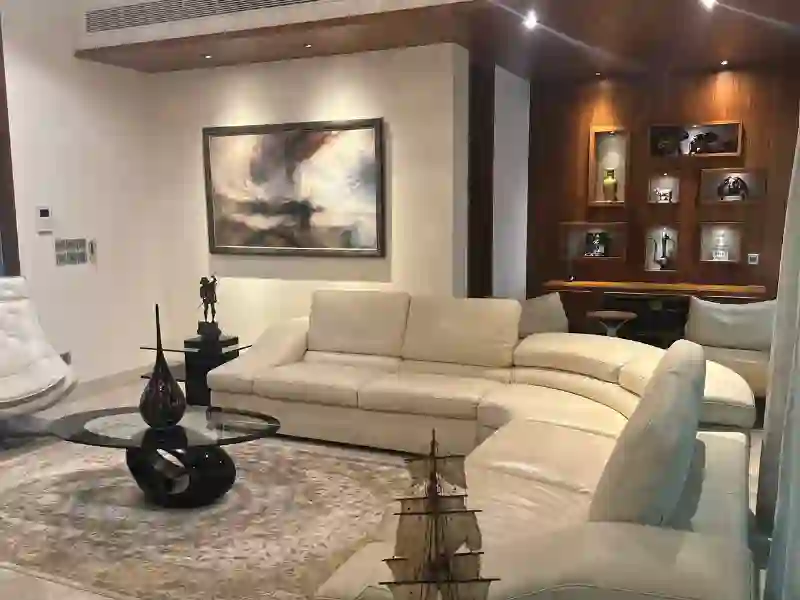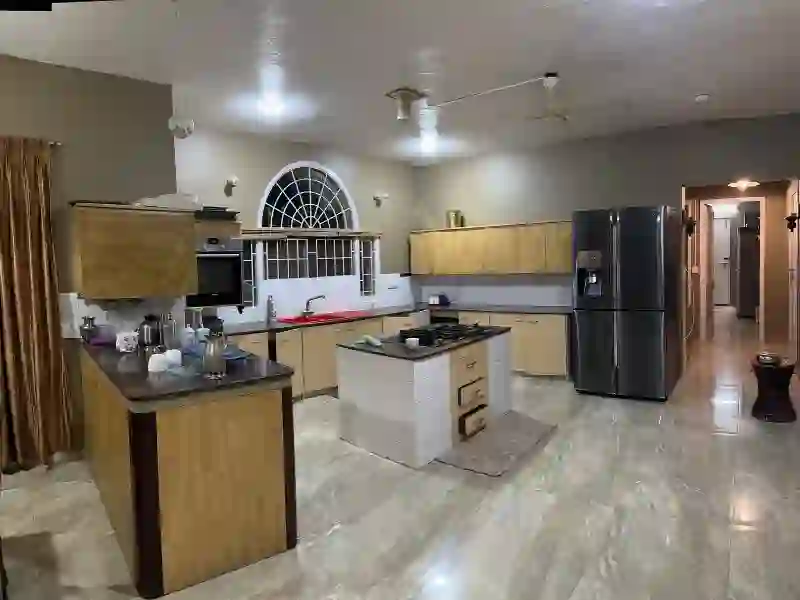Building a home is always an individual’s lifetime dream, but money is always a concern so in this post we are going to discuss the low-cost building materials that are commonly used for affordable housing in India, focusing on both cost-efficiency and sustainability. Also looking out for an Alternative building materials for low-cost housing and cost effective materials in india as a replacement of pvc and expensive materials.
1. Recycled Plastic Bricks
Recycled plastic bricks are more commonly used nowadays due to their cost effectiveness,affordability and durability. Recycled Plastic Bricks are comparatively low in cost and are used as an alternative to regular bricks. A fun note we can also save up our nature guys, an eco-friendly alternative to traditional bricks. Plastic bricks are most commonly used for non-load-bearing walls, such as internal partitions or garden walls. Recycled plastic bricks can be combined with other low-cost materials like bamboo, ferrocement, or traditional bricks to create hybrid structures, offering both strength and sustainability.
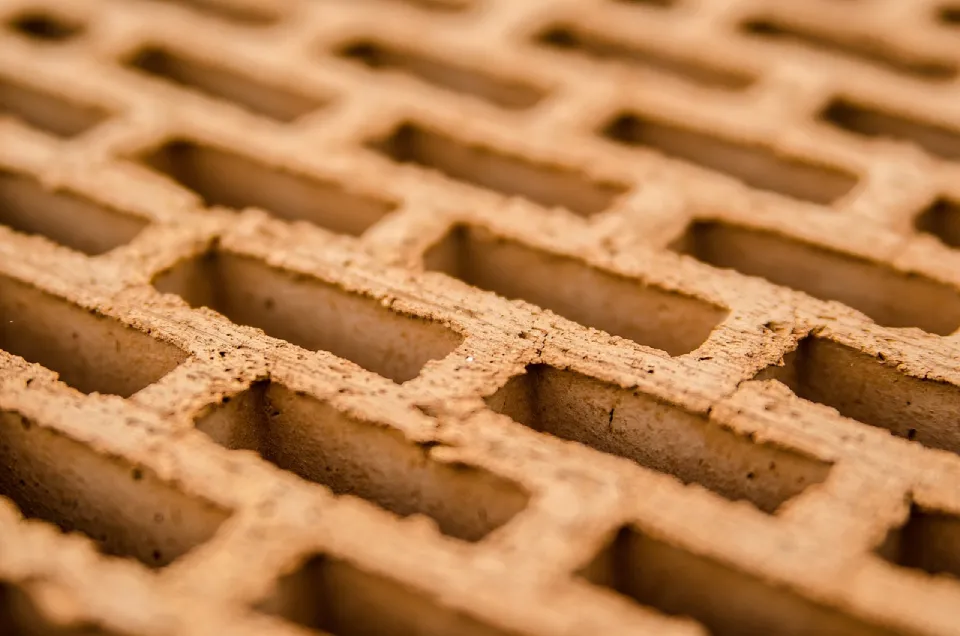
2. Bamboo
Bamboo has been extensively used in India from ancient period, mostly in rural areas such as Assam, Tripura, West Bengal, Kerala, Karnataka, and the North-East.such as Assam, Tripura, West Bengal, Kerala, Karnataka, and the North-East. But now we are following a pattern of trend accepting the ancient as aesthetic which takes us back to our past. Now the most developed urban cities like Bangalore are taking up bamboo for the sustainable construction ideology. Bamboo is used for roof trusses, interior partitions, and decorative elements such as bamboo flooring, wall panels, and ceilings. It is also integrated into hybrid designs where bamboo is used alongside steel and concrete to enhance the aesthetic appeal of buildings while maintaining sustainability. So adapting to past practice can save up your pockets and at the same time bring an aesthetic look to your dream home.
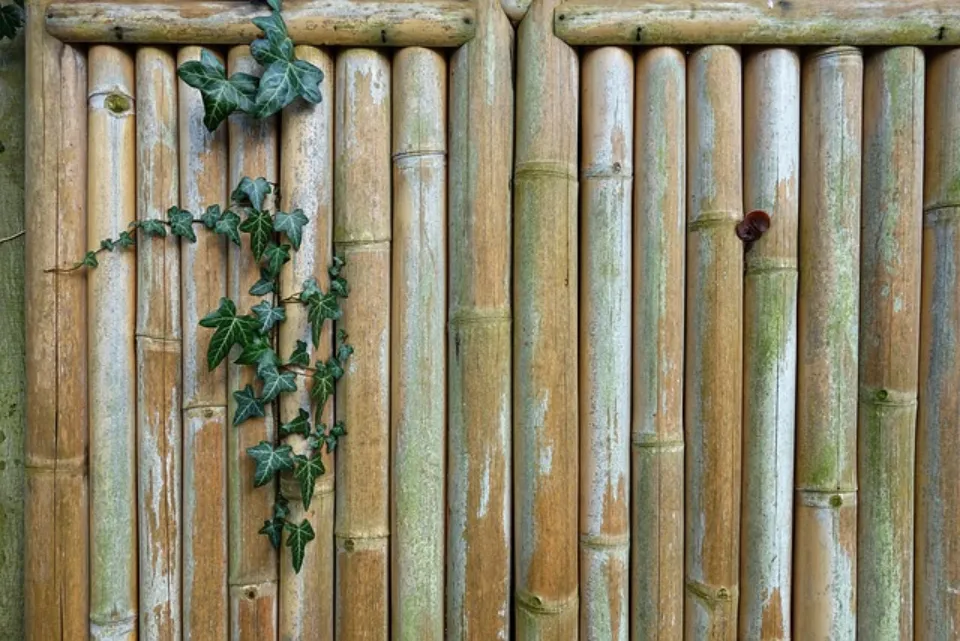
3. Rice Husk Ash Concrete
This might be an unfamiliar thing you might hear in construction but it’s a great alternative to concrete as it’s very cost effective. RHA Concrete is mostly used as a partial cement replacement (typically replacing 10-30% of cement).In coastal states like Kerala, Tamil Nadu, and Gujarat, RHA concrete is used in the construction of piers, ports, and other marine structures because of its resistance to chemical attacks from saltwater. It is not only used in marine structures but also in Industrial construction in cities like Mumbai, Chennai, and Visakhapatnam, where chemical exposure is common. RHA are more prevalent towards chemical exposure. We aren’t exactly getting into the chemical composition of RHA , but here we highlight the importance of RHA such as extending the life of reinforced concrete structures and reducing the need for frequent rebuilding or repairs.

4. Prefab Construction
People you might be aware of the fact that building your dream home may even take a time near half decade, though this is not a material based suggestion but it’s a really good idea to make up your home. The prefab homes play a vital role in cost, time savings, and efficiency. These homes are built using sections (modules or panels) that are manufactured off-site in a controlled factory environment and then transported to the construction site for assembly. There are many benefits of prefab construction but, I would like to enhance a few things such as Reduction in Labor Costs due to Off-Site Construction,Faster Construction,Skilled Labor Centralization.Cost-Effectiveness due to Reduced Waste and Energy-Efficient Designs.
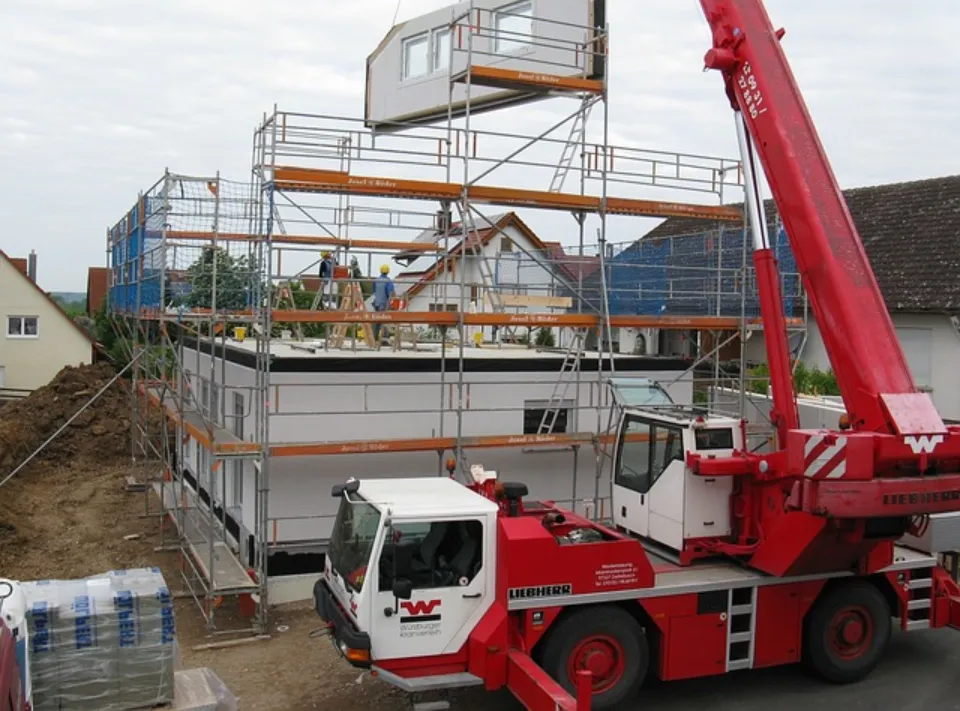
5. Rammed Earth
Rammed earth is not a new one in construction and has been used for construction for thousands of years, with its origins dating back to ancient civilizations. One of the most famous examples we can quote here will be the significant Great Wall of China, which has stood for over 2,000 years.rammed earth is used both in modern sustainable architecture and traditional construction. The technique is especially popular in rural areas, eco-villages, and sustainable community projects. Areas like Auroville (Tamil Nadu) and Ladakh have embraced rammed earth construction for its thermal properties, sustainability, and low cost.
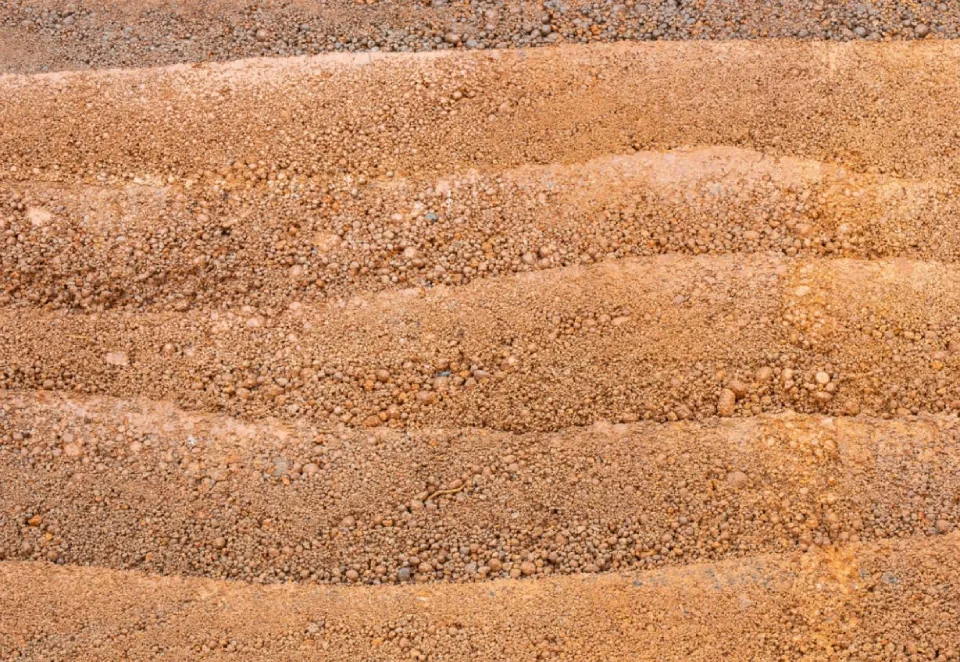
6. Coconut and Palm Leaf Roofing
These materials are used mostly in the coastal area of India, though there are many disadvantages due to non sustainability in heavy rain and forest fire. But with the help of modern technology it’s been tailor made for home construction , which gives aesthetic. vibrant looks and also eco friendly.Coconut and palm leaf roofing is integrated with advanced techniques to enhance durability and sustainability. They are reinforced with synthetic materials for maintaining the adverse weather condition.These roofs are popular in eco-tourism resorts and sustainable housing projects where natural ventilation and thermal insulation are prioritized.These materials are renewable and cost-effective but they require regular maintenance.
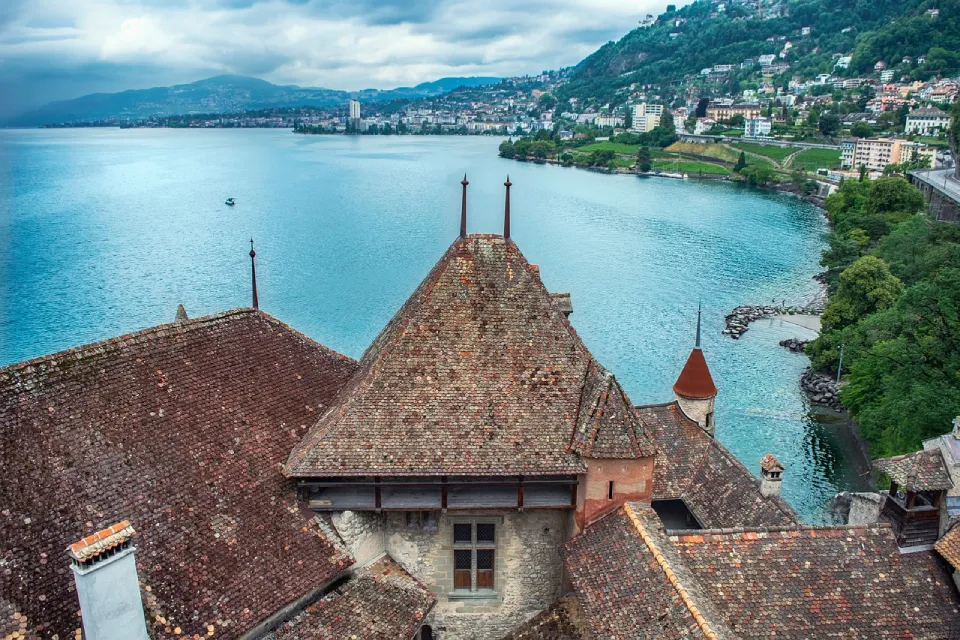
7. FLY ASH BRICKS
Fly ash bricks are an alternative to normal clay bricks. Fly ash bricks are simply made the by-product of burning coal in factories.These bricks are sustainable These bricks are a sustainable, durable, and cost-effective material, contributing to eco-friendly construction practices, particularly in developing countries like India. Used in Residential, commercial, and industrial buildings. Key benefits of Fly ash bricks are, Eco-Friendly, Energy Efficient, Lightweight and Strong,Durability,Cost-Effective and Thermal Insulation (provide better insulation, helping regulate indoor temperatures). Initially the cost of installing fly ash brick may be high, but overall it’s a cost effective compared to all other ailments such as , savings in cement, mortar, and labor, along with long-term durability, make them cost-effective in the long run.

So with these we will conclude up the post, these might be few but we have a lot more packed up at Vedha design studios. If you want to build up efficiency, effectiveness and aesthetic do reach out vedha design studios.


